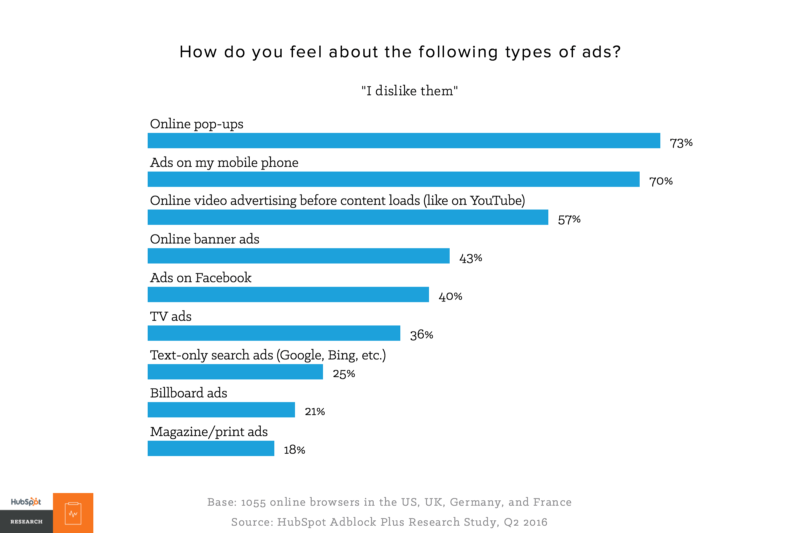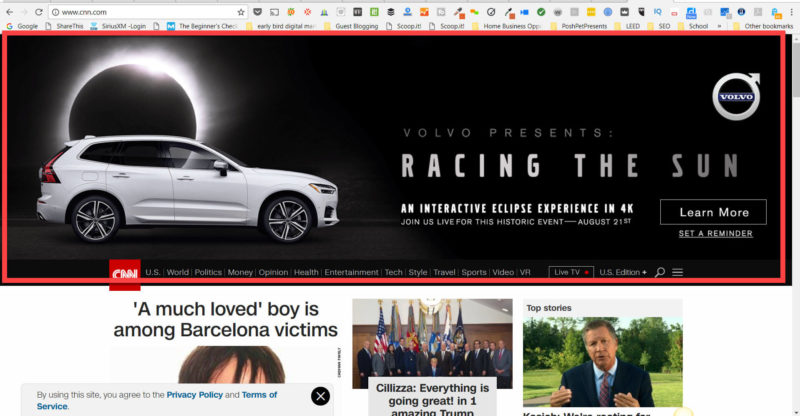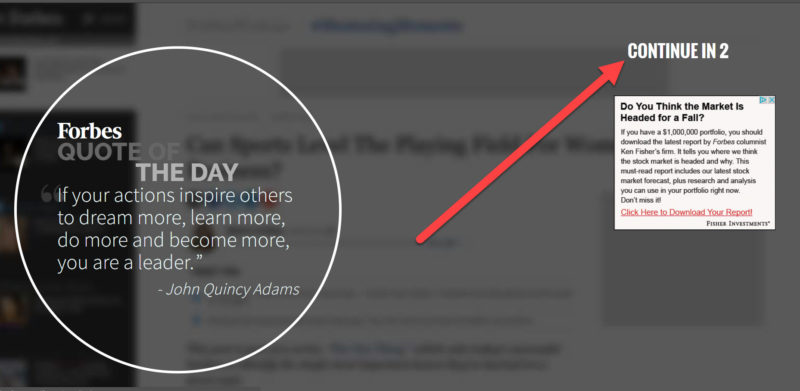 Well, it’s official. Google doesn’t like overly intrusive ads like pop-ups on websites. This sounds counterintuitive, doesn’t it? After all, Google makes its money from advertising. However, as a search engine, Google’s number one priority is to make a searcher’s experience a positive one. And, just as Google put sites with mobile interstitials on the naughty list earlier this year, it’s now taking a stand against pop-ups and other annoying ads.
Well, it’s official. Google doesn’t like overly intrusive ads like pop-ups on websites. This sounds counterintuitive, doesn’t it? After all, Google makes its money from advertising. However, as a search engine, Google’s number one priority is to make a searcher’s experience a positive one. And, just as Google put sites with mobile interstitials on the naughty list earlier this year, it’s now taking a stand against pop-ups and other annoying ads.
Google’s not the only one that is annoyed by pop-up ads. Your potential customers don’t like them either.
In a recent survey by inbound marketing giant HubSpot, they found that consumers don’t like overly intrusive ads. Consumers especially don’t like pop-up ads, mobile ads and video ads.

Not surprisingly, the HubSpot Adblock Plus Research Study found that one of the most frustrating types of ads were full-page pop-up ads that make the user find the “X” or some other (often difficult-to-find) button to close the ad.
Just look at the example below. On CNN.com, a half-page ad appears at the top of the screen when you go to the home page. This ad literally takes up HALF the screen (valuable real estate) — and there’s no obvious way to close it. This makes for a horrible and intrusive user experience.

Here are some other stats from HubSpot’s survey:
- 83 percent of respondents feel that not all ads are bad, but people would like to filter out really obnoxious ads.
- 63 percent of respondents said that most online ads don’t “look professional.”
- 56 percent of people felt that ads are insulting to their intelligence.
- 77 percent agree they would like to be able to filter ads instead of completely blocking all ads.
As consumers, we all know what “annoying ads” look like: ads that force you to wait before you can get to the content you want to read, full-page ads that overtake your screen, ads with music or videos that automatically start playing — you know the ones. (If you’ve ever been at your cubicle quietly working, then clicked on an article link and been greeted by the unexpected audio from an ad that started playing, you know what I mean.) These types of intrusive ads are part of the reason for the 30 percent increase in ad blocking software.
Google cracks down on these annoying ads
Google’s latest anti-intrusive ad effort relies on the Coalition for Better Ads standards, and it has already begun by sending out emails warning websites that have “highly annoying, misleading or harmful” pop-up ads on their sites that violate these standards.
So, what types of ads are offensive? The group ran surveys to determine which ads most annoy and irritate consumers. In their survey, they simulated “real world” experiences of users as they looked at ads while reading website content.
The research results identified the types of ads that are most likely to frustrate users — four types of desktop ads and eight ad types for mobile devices:
Desktop ads
- Pop-up ads
- Auto-playing video ads with sound
- Prestitial ads (appear before content is loaded) with countdown
- Large sticky ads (ads that stick to the edge of a page)
Mobile ads
- Pop-up ads
- Prestitial ads
- Ad density higher than 30 percent
- Flashing animated ads
- Auto-playing video ads with sound
- Prestitial ads with countdown
- Full-screen scrollover ads
- Large sticky ads
Here are a couple more examples that I’ve experienced. Forbes.com double-whammies you when you try to read an article on their site. First, you are confronted with a full-page “prestitial ad with countdown” — the countdown timer must run to zero before you can get to the article you want to read:

[Read the full article on Search Engine Land.]
Some opinions expressed in this article may be those of a guest author and not necessarily Marketing Land. Staff authors are listed here.
About The Author

Popular Stories
Related Topics
